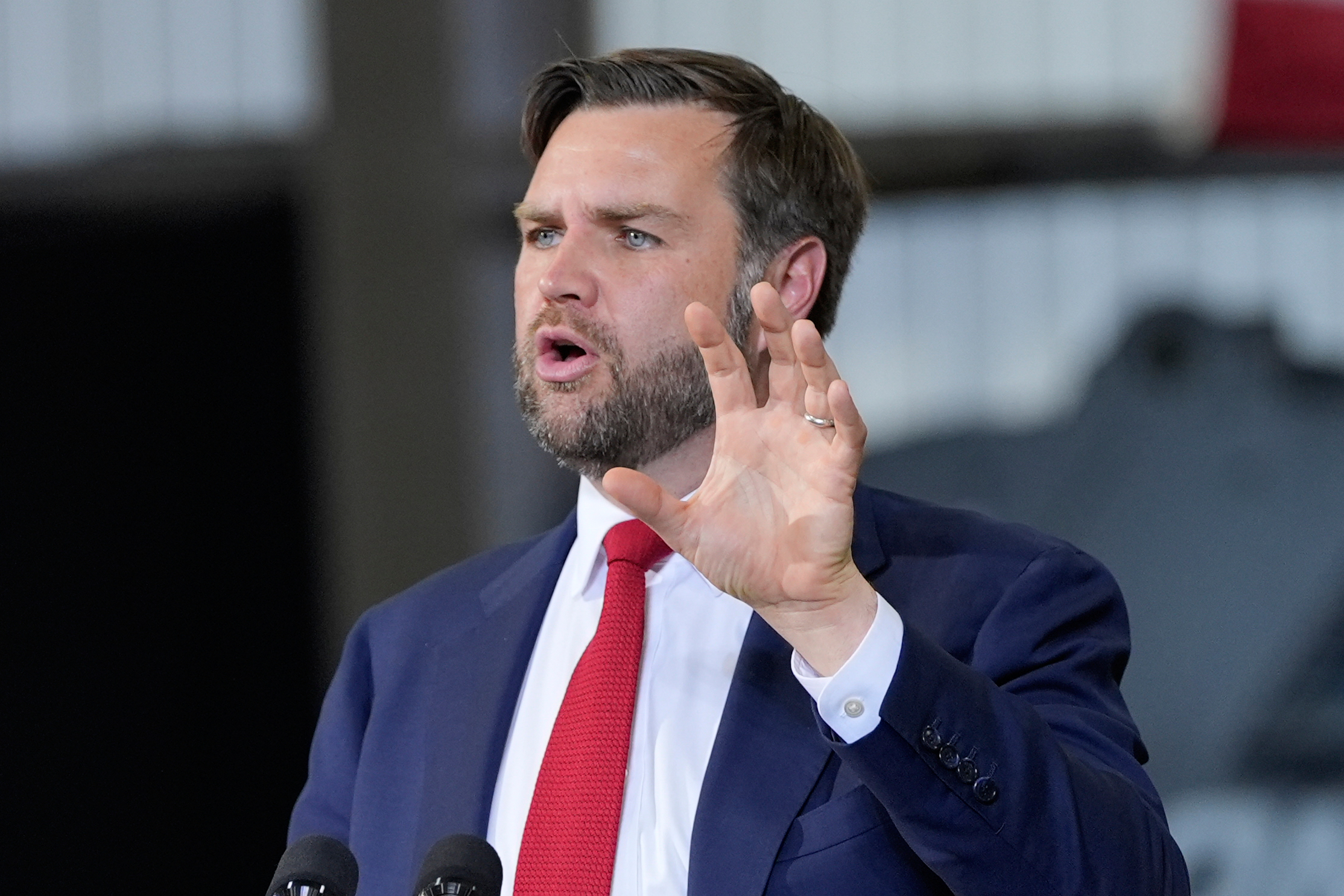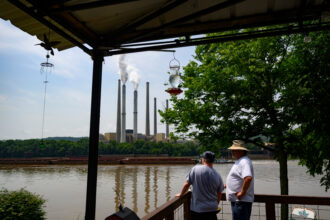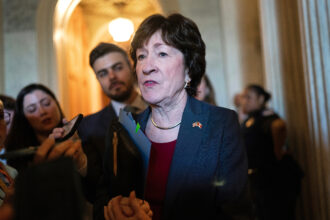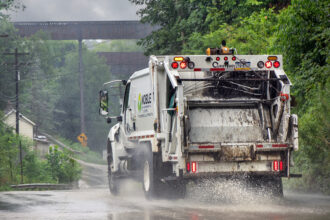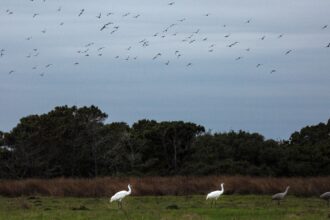Employees at the National Institutes of Health learned in an email on Friday, in the midst of a hiring freeze, that their prestigious environmental health sciences research center has a new director.
There was no job announcement, no search committee to identify top candidates, no interviews or reference checks.
The position to lead the nation’s premier environmental health research institute wasn’t even open.
Yet Jay Bhattacharya, a political appointee who oversees the 27 institutes and centers under NIH, named Kyle Walsh, an associate professor in neurosurgery at Duke University, director of the National Institute of Environmental Health Sciences (NIEHS).
In an email dated Oct. 17, Bhattacharya informed NIH employees, who were told they may periodically check their emails for updates about the shutdown, that Walsh’s appointment was effective Oct. 10. The email called Walsh a leader in neuro-epidemiology whose research bridges laboratory and population-based science to understand how genetics and environment interact to shape brain health, cancer risk and aging.
Bhattacharya said that the previous director, Richard Woychik, had accepted a senior appointment within the NIH Office of the Director, where he will focus on advancing the Make America Healthy Again (MAHA) initiatives.
The NIH director—who President Donald Trump said would work with Health and Human Services Secretary Robert F. Kennedy Jr. to restore the agency to “a Gold Standard of Medical Research”—did not mention that Walsh calls Vice President JD Vance “one of his closest friends” or that Vance officiated at his wedding.
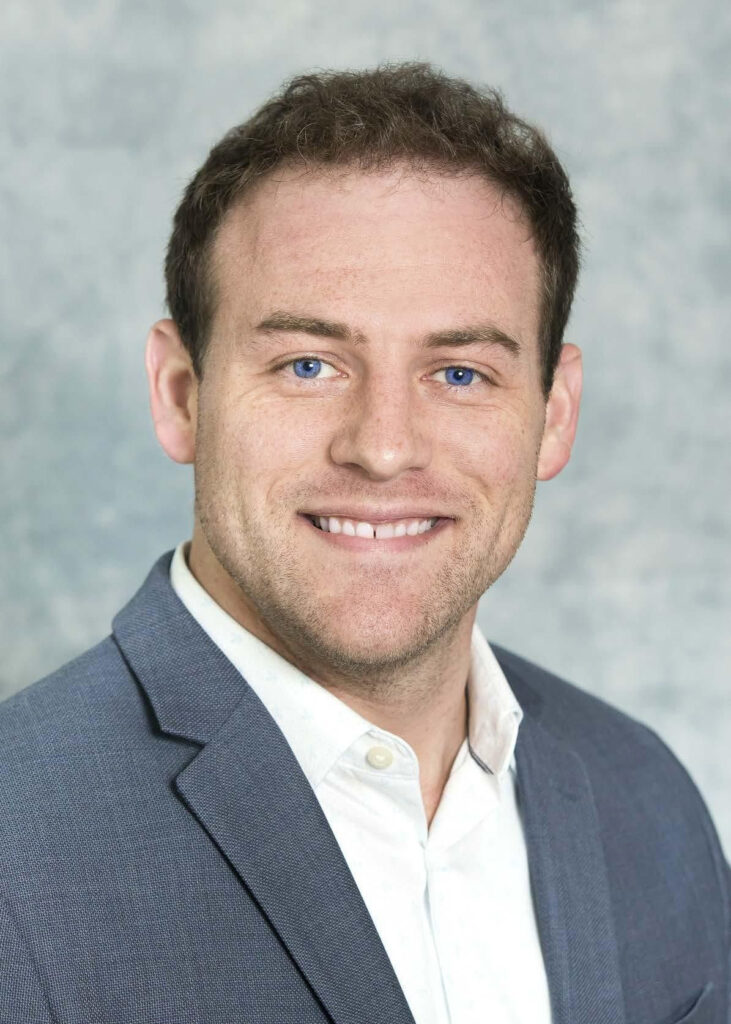
Walsh has never led a major research institute, though he has won scientific awards and honors after earning his doctorate in 2011.
Woychik had overseen the research and management of NIEHS as deputy director for nearly a decade before he was tapped to run it. His predecessor, world-renowned toxicologist Linda Birnbaum, had spent nearly 20 years in top leadership roles at the largest division of environmental health research at EPA before she was picked to lead NIEHS in 2009.
It is unprecedented to appoint someone at such an early stage of their career who lacks the type of leadership experience required to manage a major research institution, current and former federal scientists say. And all directors of NIH institutes, except for the director of the National Cancer Institute, who is a political appointee, go through a rigorous screening and vetting process after an open search.
If there had been an open search in this case, several scientists told Inside Climate News, Walsh wouldn’t have made the first cut. Scientists fear this is the start of a trend.
“This is entirely cronyism,” said biochemist Jeremy Berg, former director of the NIH’s National Institute of General Medical Sciences (NIGMS) and previous editor-in-chief of Science magazine.
Woychik had just been reappointed to another five-year term, Berg said, so Walsh’s hire didn’t have anything to do with the sitting director’s performance. “The fact that he was appointed without any sort of search is worrisome,” he said, adding that “his main credentials seem to be his connections with JD Vance.”
Vance has been buddies with Walsh since they attended Yale University, and he stayed at Walsh’s house when he was finishing up his book, “Hillbilly Elegy.”
Walsh said Vance is “one of my closest friends” in an interview with a charity that supported his brain cancer research.
Birnbaum, now a scholar in residence at Duke, heard rumors before Trump’s inauguration in January that Walsh was going to be picked to head NIEHS, she said. “Many people at Duke and elsewhere seemed to know about it.”
Walsh has been telling his colleagues and others at Duke for almost a year that he would be getting this job, a scientist at NIEHS, who requested not to be named for fear of retaliation, told Inside Climate News.
While the appointment was a surprise to the scientific community, the scientist said, “this was apparently a pre-planned thing.”
Neither Walsh nor the Duke press office responded to requests for comment.
HHS press secretary Emily Hilliard said Walsh brings broad experience in environmental and neuro-epidemiologic research from his leadership roles at Duke University.
Hilliard did not respond to questions about Walsh’s experience leading a major research institute with hundreds of employees, or charges that he was hired due to his political connections.
The vice president’s office did not respond to a request for comment.
“A Slap in the Face”
The NIEHS director oversees a $900-million-plus annual budget, funding scientists within and outside the agency who study the health effects of exposures to environmental chemicals.
Studies funded by the agency have formed the basis of landmark environmental protections. Research by NIEHS-funded scientists, for example, laid the groundwork for EPA’s air pollution rules and showed that the pesticide chlorpyrifos poses unacceptable neurodevelopmental risks to children, prompting EPA to conclude that the insecticide is not safe for use on food.
This story is funded by readers like you.
Our nonprofit newsroom provides award-winning climate coverage free of charge and advertising. We rely on donations from readers like you to keep going. Please donate now to support our work.
Donate NowBut now the Trump administration is reconsidering the chlorpyrifos decision. And scientists have seen highly competitive applications denied funding due to their focus on climate and environmental justice.
The person who had been hired to lead an NIEHS program on climate change and health, Birnbaum said, “was fired immediately” after Trump returned to office.
And anything that had to do with equity was cut from NIEHS programs and research grants, she said, even though disadvantaged populations are most impacted by environmental hazards.
While it’s unclear “what Walsh’s marching orders are,” Birnbaum said, she hopes they include maintaining the agency’s strengths as the largest funder of environmental health research in the world.
Even though Walsh’s appointment is “out of the normal,” Birnbaum said, “hopefully the environmental health community will be able to work with Dr. Walsh to continue to conduct the top research that they’re so well-known for.”
Some scientists fear that’s unlikely.
As a scientist who focuses on the genetics of brain cancer, Walsh has “no scientific qualification to head an institute that is focused on environmental chemicals and disease,” said Jerry Heindel, who spent decades at NIEHS, where he led the agency’s Division of Extramural Research and Training until he retired in 2016.
Heindel reviewed the scientific research Walsh published and could find no papers on environmental chemicals.
NIEHS is unique among the National Institutes of Health, in that it is the only one that’s focused on environmental chemicals, said Heindel, who now directs the nonprofit Healthy Environment and Endocrine Disruptor Strategies. “To bring in somebody who has no experience and likely no interest in environmental chemicals as the director is just a slap in the face.”
The primary NIH center that best aligns with Walsh’s background focuses on cancer and genetics, but it is based in Maryland. The main campus of NIEHS is in Durham, North Carolina, not far from Walsh’s previous position at Duke. Several scientists told Inside Climate News they suspect Walsh did not want to move.
“If you’re buddy-buddy with JD Vance, you get to pick whatever you want,” said the NIEHS scientist who spoke on condition of anonymity.
For Berg, the former NIGMS director, it’s not just Walsh’s lack of qualifications that are worrisome.
“The administration has certainly been pretty direct about their feelings about climate change and its potential consequences, and the reality of it occurring at all,” Berg said. “If you don’t study potential environmental hazards, then you can’t do anything about them.”
With at least 11 NIH agencies currently being led by interim directors, some scientists worry the positions, once occupied by the nation’s most accomplished scientists, will go to unqualified political appointees.
That means that decisions about what the United States funds in biomedicine will be made by political appointees, not scientists, they fear.
“Everybody’s worried they’re going to come down and close us, because this administration seems very hostile to environmental health and environmental issues,” said the NIEHS scientist. “Anything having to do with the environment and environmental health has been absolutely obliterated by this administration.”
If people care about making America healthy again, the words and actions of this administration are not matching that goal, the scientist said. “They’ve gutted the EPA, they’ve gutted the CDC, they’ve gutted the FDA. Are they going to gut us next?”
About This Story
Perhaps you noticed: This story, like all the news we publish, is free to read. That’s because Inside Climate News is a 501c3 nonprofit organization. We do not charge a subscription fee, lock our news behind a paywall, or clutter our website with ads. We make our news on climate and the environment freely available to you and anyone who wants it.
That’s not all. We also share our news for free with scores of other media organizations around the country. Many of them can’t afford to do environmental journalism of their own. We’ve built bureaus from coast to coast to report local stories, collaborate with local newsrooms and co-publish articles so that this vital work is shared as widely as possible.
Two of us launched ICN in 2007. Six years later we earned a Pulitzer Prize for National Reporting, and now we run the oldest and largest dedicated climate newsroom in the nation. We tell the story in all its complexity. We hold polluters accountable. We expose environmental injustice. We debunk misinformation. We scrutinize solutions and inspire action.
Donations from readers like you fund every aspect of what we do. If you don’t already, will you support our ongoing work, our reporting on the biggest crisis facing our planet, and help us reach even more readers in more places?
Please take a moment to make a tax-deductible donation. Every one of them makes a difference.
Thank you,


